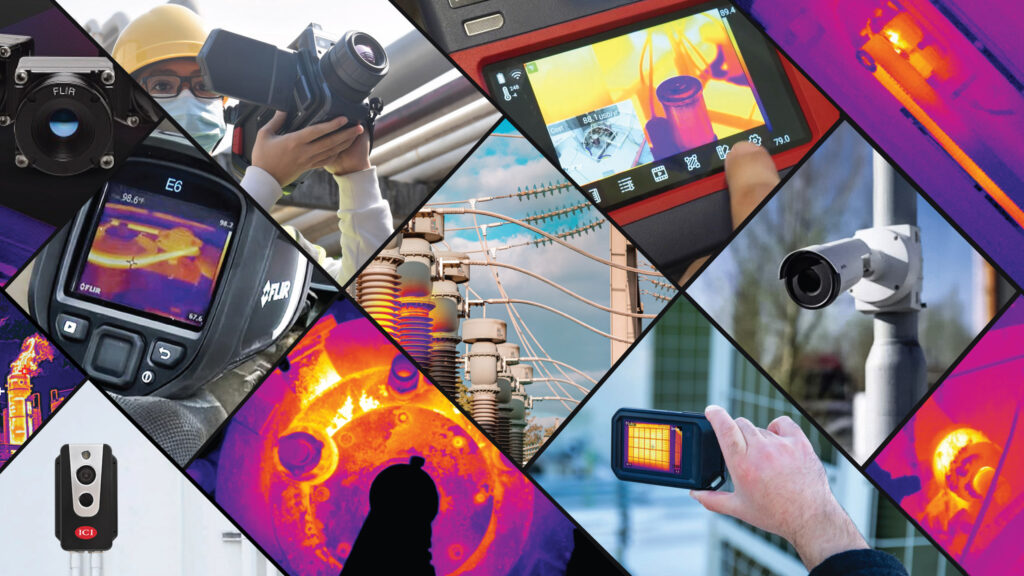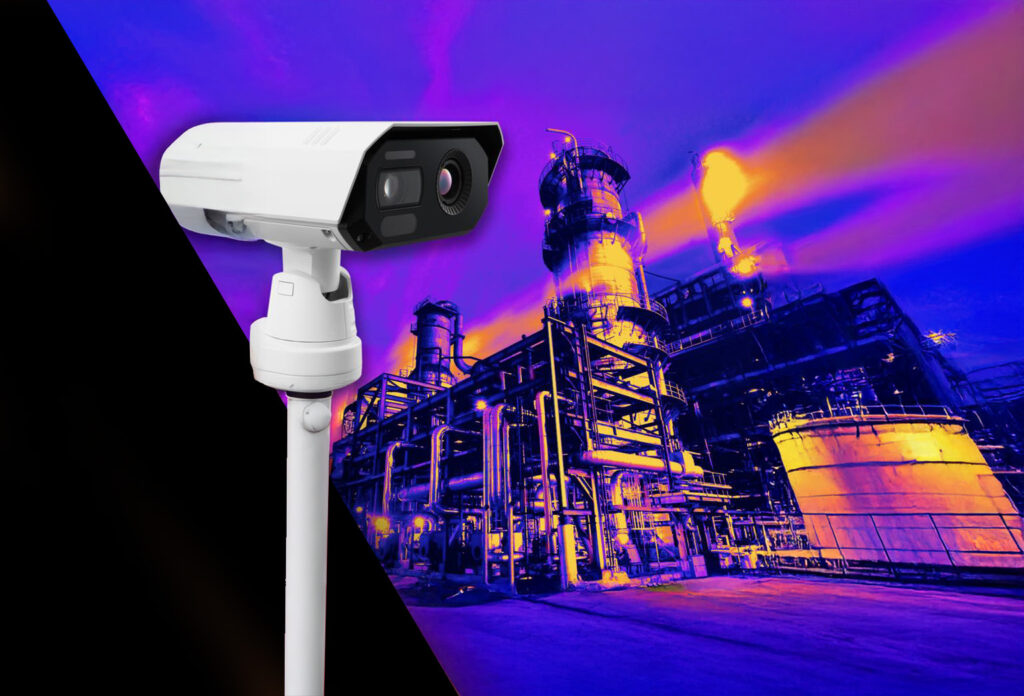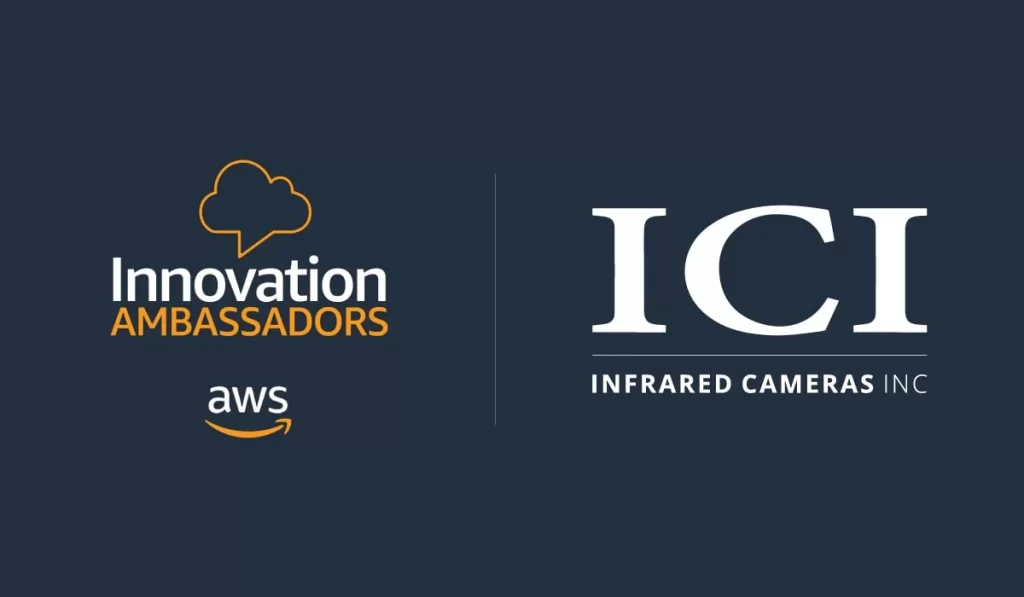Published by ICI on Jan 4, 2023 12:44:45 PM
If you’re a plant safety manager, you need accurate and actionable insights to manage risks in your plant. Safety equipment can be a priceless tool in assessing risks to personnel and ensuring legal compliance. This is where optical gas imaging (OGI) is essential. OGI technology can help you mitigate common plant dangers and hazards. Keep reading to learn more about these types of imaging tools and how they can help you manage safety.
Common Dangers
Many plants must deal with volatile organic compound (VOC) gases that can be hazardous to personnel and the environment. Leaks are not only costly but also a fundamental safety hazard. Methane and natural gas emissions make the news regularly for several reasons. These gases can create long-term health problems. They are flammable and explosive. Natural gas leaks can kill wildlife in surrounding areas and contributes to climate change. These inherent dangers can lead to both reputational and legal repercussions. Naturally, you want to keep these gases in the piping systems, pipelines, wells, and compressor stations as much as possible. This is why leak detection is critical.
Why Do Leaks Happen?
Understanding how leaks happen and why mitigating the risk is challenging. Leaks can occur due to old equipment, lack of maintenance, or improper installation. With thousands of flanges, unions, and welded and threaded connections, leaks are difficult to prevent. When they occur, it’s critical to identify and address them as soon as possible, as unidentified risks can create devastating consequences.
How Is Optical Gas Imaging (OGI) Used?
OGI is a means of visualizing gas leaks that are otherwise invisible. It uses an infrared camera with a specialized filter. An OGI camera can visualize multiple hydrocarbon gases, including, but not limited to:
- Methane
- Benzene
- Butane
- Ammonia
- Sulfur dioxide
OGI technology can be a fast and effective way to detect gas leaks, allowing safety managers to conduct real-time monitoring of potential problem areas.
Types of Gas Detection Cameras
Different types of cameras are available to fit individual plant requirements.
Handheld Cameras
Handheld cameras can be used for day-to-day monitoring, inspections, and risk assessment. Teams can gain valuable insights that can help determine where and why leaks are occurring. The data compiled creates a highly accurate picture of close to mid-range targets and can be used for reporting and referencing. With built-in WiFi for data streaming, this information can be shared with teams instantly.
Remote Infrared Systems
Remote controlled cameras are designed for canvassing large areas. Remote infrared cameras can be operated from the ground and attached to aerial solutions such as drones, small helicopters, or planes. They are self-stabilizing and have a range of 1 to 1.5 miles. Remote controlled cameras are a popular choice for plants that need imaging of the surrounding area or hard-to-reach locations as well as those that have difficulty pinpointing where leaks occur.
Fixed Mounted Cameras
Fixed cameras are an excellent choice for regular surveillance and monitoring. They can provide critical data on a given area or fixed points such as highly volatile chambers, including flare towers, thief hatches, and refinery processing units. High definition allows teams to effectively track and trace leakage points. For facility managers, fixed OGI cameras offer a straightforward solution to risk management, providing continuous live data so you can plan effective short- and long-term risk management strategies.
Building cameras and sensors that find invisible gas leaks is ICI’s number one priority. Explore our website to learn about our OGI technology or to learn more about how we serve the oil and gas industry.



